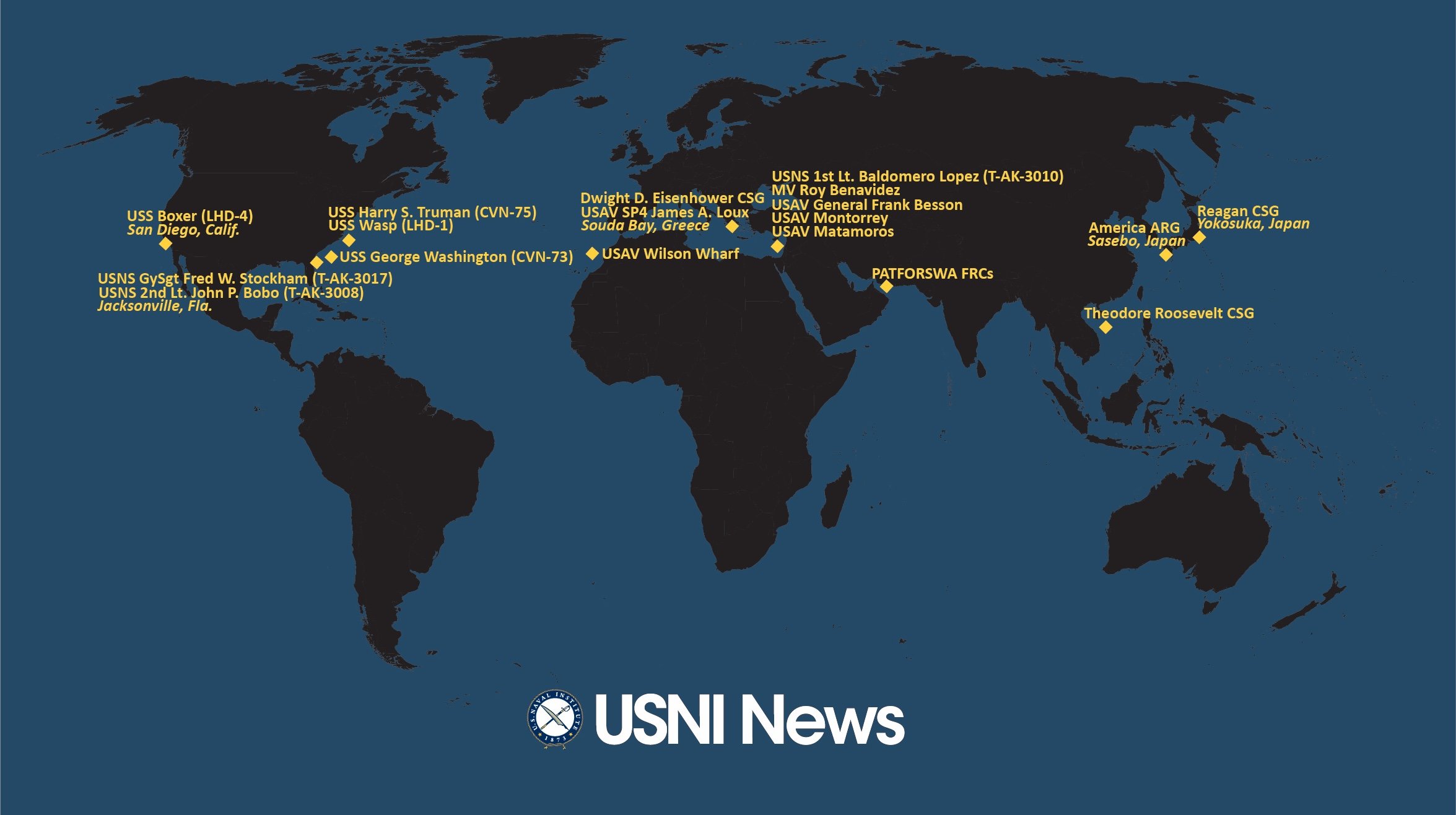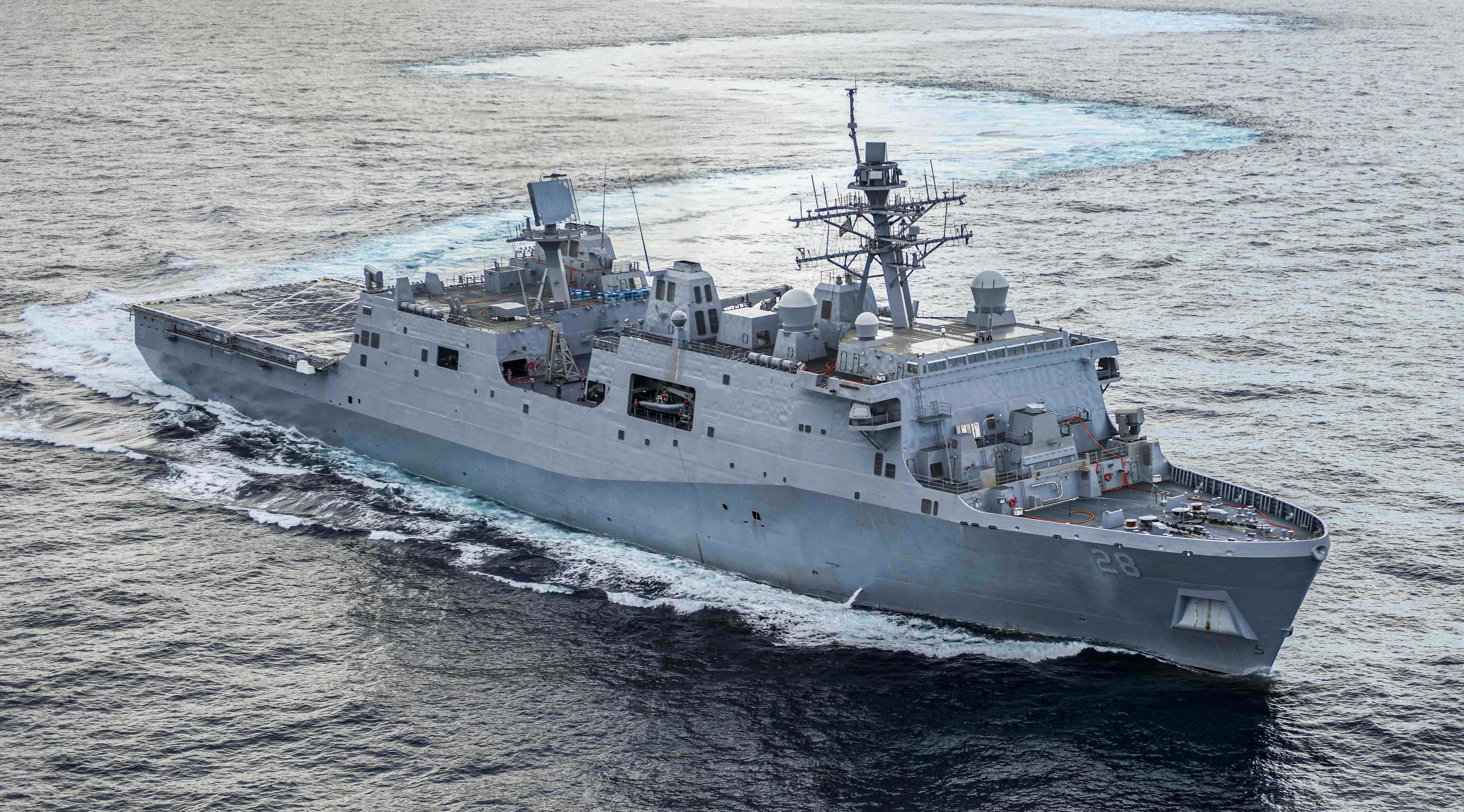The following is the March 23, 2023, Congressional Research Service In Focus report: Coast Guard Waterways Commerce Cutter (WCC) Program: Background and Issues for Congress.
From the report
The Coast Guard’s Waterways Commerce Cutter (WCC) program envisages procuring 30 replacements for the Coast Guard’s 35 aging river buoy tenders (WLRs), inland construction tenders (WLICs), and inland buoy tenders (WLIs). The Coast Guard wants to have the first new WCC be in service by 2025. On October 5, 2022, the Coast Guard awarded a contract to Birdon America, Inc. of Denver, CO, to build up to 16 WLRs and 11 WLICs The Coast Guard’s proposed FY2024 budget requests $98.0 million in procurement funding for the WCC program. The issue for Congress is whether to approve, reject, or modify the Coast Guard’s proposed acquisition strategy and funding requests for the program.
Terminology
Cutters are Coast Guard vessels that are more than 65 feet long and have accommodations for a crew. (Those less than 65 feet long are called boats.) Waterways refers here to the intra-coastal waterways along the U.S. East and Gulf coasts, and to U.S. inland waterways such as the Mississippi River. Tenders are vessels whose primary mission is to maintain or repair something. Coast Guard tender designations begin with WL, meaning Coast Guard vessel (W) and tender (L). (The W in the acronym WCC, however, stands for waterways.)
WCC Missions
WCCs perform three primary missions under the Coast Guard’s statutory role of providing aids to navigation (ATON): river buoy tending; inland construction tending (which involves driving and removing piles and erecting and repairing range towers and major lights); and inland buoy tending. WCCs are used for maintaining more than 28,200 marine aids to navigation on 12,000 miles of inland waterways on which 630 million tons of cargo move each year. Additional WCC missions include search and rescue (SAR), marine safety, marine environmental protection, and ports, waterways, and coastal security.
Existing Waterways Cutters
The Coast Guard’s 35 existing WCCs, are built to nine different designs, and include 18 WLRs, 13 WLICs, and 4 WLIs. As of 2022, the 35 vessels were an average of 57 years old.
Geographic Distribution
As of 2019, the 18 WLRs were based at cities along the Mississippi and other inland rivers in Alabama, Arkansas, Illinois, Iowa, Kentucky (two cutters), Mississippi (three cutters), Missouri, Nebraska, Oklahoma, Pennsylvania, and Tennessee (four cutters). Although these locations are in the central and eastern United States, the rivers in question are referred to by the Coast Guard as the western rivers.
As of 2019, the 13 WLICs were based at cities along the U.S. East and Gulf coasts in Alabama, Florida (three cutters), Louisiana (two cutters), Maryland, North Carolina, South Carolina, Texas (three cutters), and Virginia. As of 2019, the four WLIs were based at locations in Alaska, Michigan, Oregon, and North Carolina.
Download the document here.





